Disclosure: This article contains affiliate links. We may earn a commission from purchases at no extra cost to you, which helps our travel content.
Standing at the edge of Manarola's harbor at dawn, watching fishermen prepare their boats while the pastel buildings catch the first golden rays, I was reminded why I'd returned to Cinque Terre for the third time. But this visit would be different. At 64, I'm no longer satisfied with simply following the well-worn tourist paths—even ones as magnificent as the famous Sentiero Azzurro (Blue Path). After decades of helping travelers navigate their journeys and now embracing my own retirement adventures, I've learned that the true essence of a place often lies just beyond where most visitors venture. This time, my week in Cinque Terre would be dedicated to discovering the hidden network of trails that crisscross the mountains above these five famous villages, paths where locals have traveled for centuries and where couples can find moments of genuine connection away from the crowds.
Understanding Cinque Terre's Trail Network
Many visitors to this stunning stretch of Italian coastline make a critical mistake—they believe the Cinque Terre consists only of the famous Blue Path connecting the five villages and perhaps the Sanctuary trails. The reality is far more exciting: over 120 kilometers of marked hiking paths crisscross these mountains, many dating back centuries when they served as the only connection between isolated communities.
During my years at Hawaiian Airlines, I often advised travelers heading to Italy to look beyond the obvious, and this advice applies doubly here. The trail network is organized into three main categories: the coastal path (partially closed due to landslides), the mid-mountain paths connecting villages to sanctuaries, and the high paths along the ridges. It's these latter two categories where the magic happens.
Before setting out, I highly recommend purchasing the official Cinque Terre trekking map from the National Park offices. While many trails are marked with red and white paint blazes (look for numbers beginning with 5xx for official paths), having a physical map proved invaluable when cell service disappeared on the higher elevations. My hiking GPS was also a trusty companion for recording our routes and ensuring we didn't take a wrong turn on the numerous unmarked trail forks.
What makes these hidden trails special isn't just the reduced foot traffic—it's how they reveal the authentic cultural landscape of Cinque Terre. You'll pass through ancient terraced vineyards where families have grown grapes for generations, olive groves where trees are centuries old, and small stone huts called casotti where farmers still store tools and sometimes make wine. These paths tell the story of how humans and nature have coexisted here for over a thousand years.
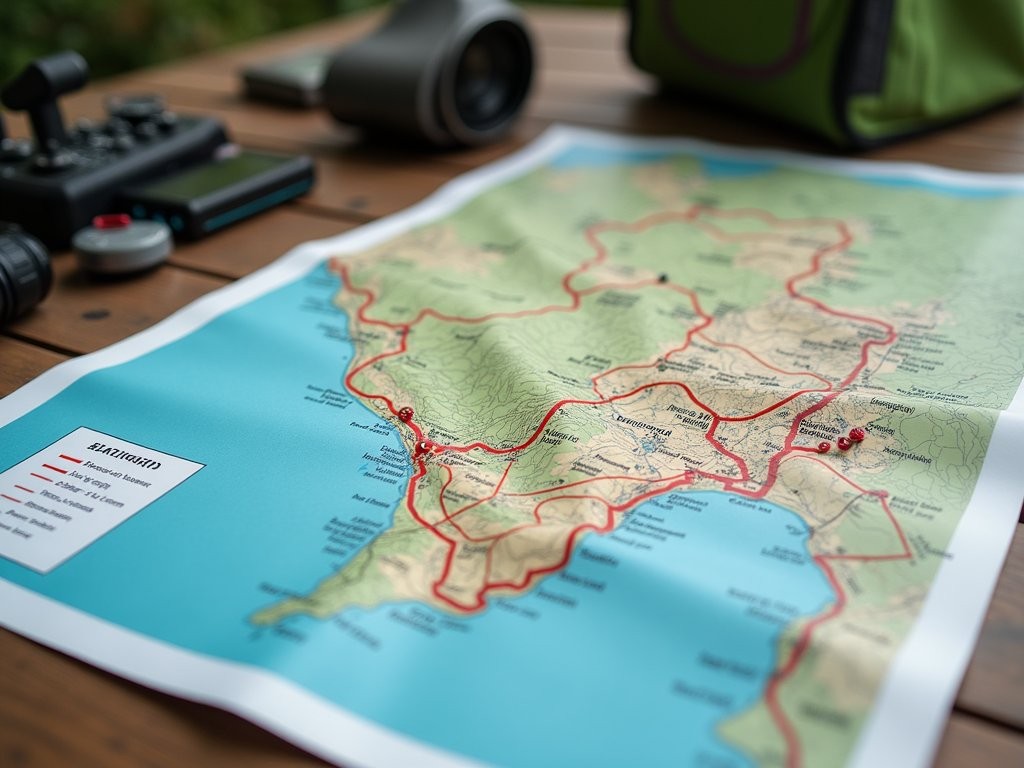
💡 Pro Tips
- Purchase the official Cinque Terre trekking map from any National Park office (€5)
- Download the free Cinque Terre National Park app for offline trail information
- Trail markings use red and white paint blazes with numbers—5xx indicates official park trails
Trail 506: The Ridge Walk from Volastra to Corniglia
Of all the hidden gems I discovered during my week in Cinque Terre, Trail 506 stands as the crown jewel—a magnificent ridge walk that offers panoramic views impossible to find on the coastal path. This trail begins in the tiny village of Volastra, perched high above Manarola, and follows the mountain spine all the way to Corniglia.
To reach Volastra, you can either take the challenging but rewarding path up from Manarola (trail 506V) or—as my knees preferred—catch the infrequent bus from Manarola's main street. I recommend starting early, around 8 AM, before the day's heat builds and when the morning light creates a magical atmosphere among the vineyards.
The trail itself begins innocuously enough behind Volastra's small church, but quickly opens up to reveal breathtaking vistas. To one side, the Mediterranean stretches to the horizon in impossible shades of blue; to the other, terraced vineyards cascade down the mountainside like a giant's staircase. What makes this trail special for couples is the numerous natural stone benches along the way—perfect spots to share a packed lunch or simply sit together in appreciative silence.
About halfway through the 3-hour journey, you'll reach an unmarked junction where a local farmer has set up a small honesty stand selling freshly-squeezed lemonade. This unexpected oasis became one of our favorite memories—sipping tart, sweet refreshment while chatting with Giovanni, who has tended these lemon groves for over 50 years. He showed us how the special Cinque Terre lemons are grown on these precarious slopes and explained the ancient dry-stone walling techniques that prevent erosion.
As the trail winds toward Corniglia, it descends through olive groves where you'll likely spot locals harvesting or pruning, depending on the season. Many are happy to chat if you offer a friendly "Buongiorno"—a reminder that these trails aren't just scenic routes but working agricultural landscapes. I was particularly moved by an elderly couple who had been tending the same terraces for over 60 years, their weathered hands a testament to the hard work that maintains this UNESCO landscape.
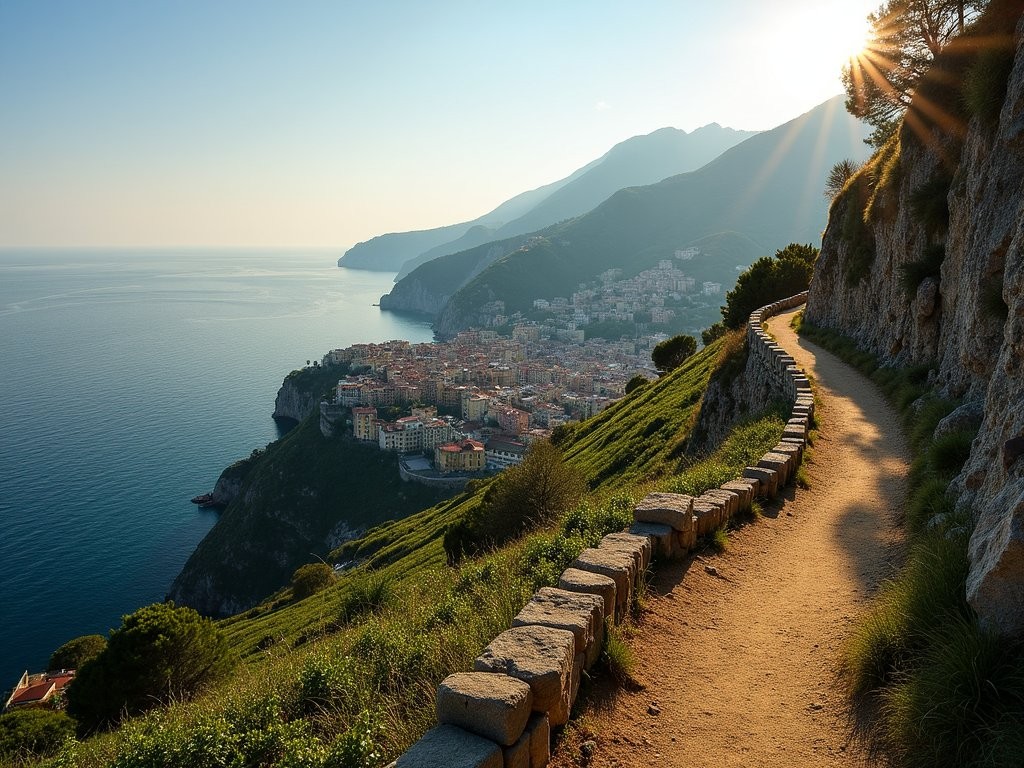
💡 Pro Tips
- Start before 9 AM to avoid midday heat and catch the best lighting for photographs
- Carry at least 1.5 liters of water per person as there are limited refill points
- Wear proper hiking boots as parts of the trail have loose stones and can be slippery
The Secret Path to Madonna di Reggio
While most visitors to Vernazza might venture up to the Sanctuary of Madonna di Reggio along the main trail, few discover the ancient mule path that approaches this sacred site from the north. This hidden route became our favorite afternoon hike—a journey through time as much as through landscape.
To find this trail, we first took the train to Monterosso and then followed trail 509 uphill for about 40 minutes. At a seemingly ordinary bend marked only by a faded Madonna figurine in a stone niche, a narrow path branches off to the right. This is where the adventure truly begins.
The path immediately narrows, winding through abandoned terraces being slowly reclaimed by nature. Stone walls crumble gracefully into the earth, with wild herbs growing between the cracks—rosemary, thyme, and oregano releasing their fragrance with each brushed step. I found myself constantly reaching for my compact binoculars to observe the remarkable birdlife in this quiet corridor. Unlike the main trails, we encountered no other hikers here, only the occasional lizard sunning itself on ancient stones.
About an hour along this path, we discovered what made this route truly special—a series of small stone shrines, each housing weather-worn religious sculptures. Our research later revealed these were stations of an ancient pilgrimage route, dating back to the 16th century when locals would journey to the sanctuary for blessing before dangerous sea voyages.
The final approach to Madonna di Reggio sanctuary emerges suddenly from a dense olive grove, revealing the elegant church perched on a natural terrace with commanding views. The caretaker, an elderly local named Maria, explained that while hundreds might visit via the main path, perhaps only a dozen travelers each week discover the route we'd taken.
For couples seeking meaningful connection, I recommend bringing a small picnic to enjoy in the sanctuary's peaceful garden. The stone benches beneath centuries-old cypress trees create a perfect setting for quiet conversation and reflection. When we visited in mid-April, wildflowers carpeted the grounds in brilliant purples and yellows, creating a natural cathedral that felt deeply spiritual regardless of one's religious beliefs.

💡 Pro Tips
- Bring secateurs (pruning shears) as some sections may be overgrown in spring
- Download the GPS coordinates before starting as this path isn't on most maps
- Visit the sanctuary between 10 AM-4 PM when the caretaker is present to share its history
The Abandoned Village of Lemmen
Having spent decades helping travelers navigate their journeys, I've developed a particular fascination with places that tell stories of human movement—of coming and going, of building and abandoning. Perhaps that's why discovering the ghost village of Lemmen became the emotional centerpiece of our Cinque Terre hiking adventure.
This forgotten hamlet lies high in the mountains above Riomaggiore, accessible only by a challenging 2.5-hour hike along trail 531. What makes this journey special isn't just the destination but the transition it represents—from the manicured, tourist-friendly coastline to the wild, authentic backcountry where nature is slowly reclaiming what humans once built.
The trail begins innocuously enough at the top of Riomaggiore, following a relatively gentle incline past family gardens and small vineyards. After about an hour, however, the path steepens considerably as it enters a forest of chestnut trees. These aren't ordinary woods—they're ancient food forests, planted centuries ago to provide sustainable harvests for mountain communities. In autumn, the ground would be covered with chestnut husks, but our spring visit revealed something equally magical: a carpet of wildflowers in colors so vivid they seemed almost artificial.
The final approach to Lemmen emerges from the forest onto an exposed ridge where the wind carries the scent of wild herbs. The village appears suddenly—a cluster of stone buildings in various states of collapse, with a few structures still showing the remnants of tiled roofs and wooden beams. What struck me most was the silence, broken only by birdsong and the distant sound of a mountain stream.
We spent hours exploring these ruins, finding fragments of the lives once lived here—a stone basin for washing clothes, the communal bread oven where families would have gathered, terraced gardens now wild but still producing herbs and flowers. In one partially intact home, sunlight streamed through the collapsed roof onto a stone floor worn smooth by generations of footsteps.
For photography enthusiasts, I recommend bringing a lightweight tripod to capture the magical light as it plays across these ruins. The contrast between the weathered stone and the vibrant spring growth creates compelling compositions, especially in the golden hours.
What makes Lemmen particularly special for couples is how it prompts reflection on permanence and impermanence—on what we build together and what remains after we're gone. My partner and I found ourselves having deeply meaningful conversations as we sat among these ruins, sharing thoughts we might never have expressed in more conventional settings.
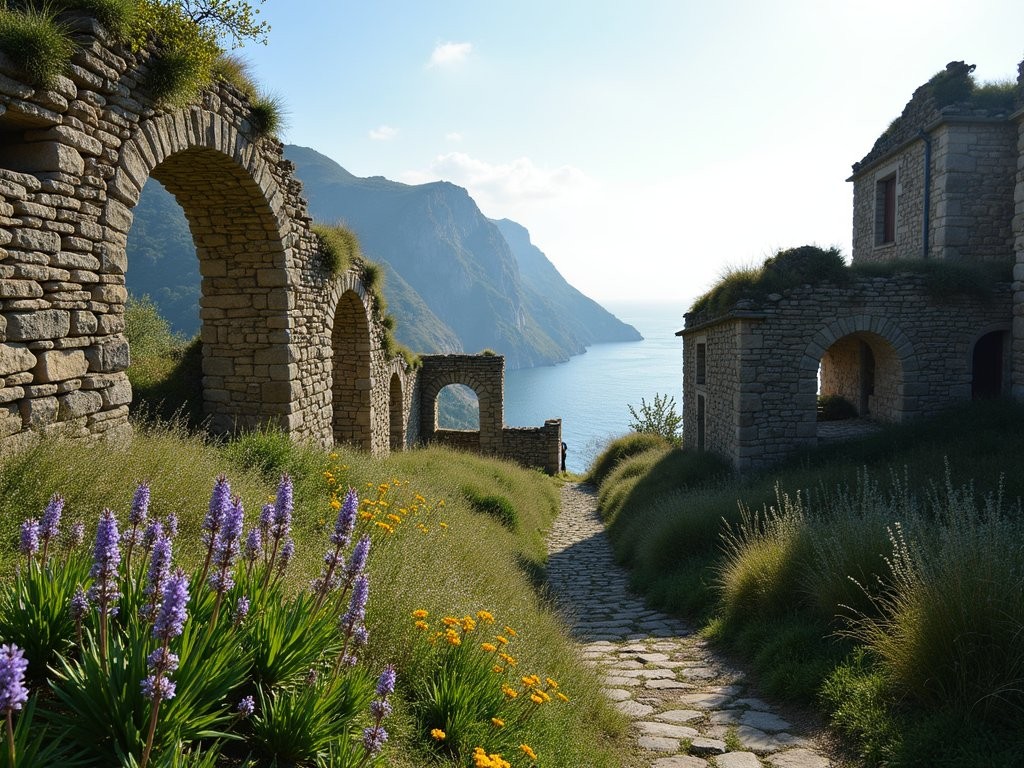
💡 Pro Tips
- Start this hike no later than 10 AM to ensure you have plenty of time to explore the village before returning
- Bring a flashlight to safely investigate partially intact structures
- Pack a journal to record reflections—this place inspires profound thoughts
Practical Tips for Senior Hikers in Cinque Terre
At 64, I've learned to approach hiking differently than I did in my younger years—not with less ambition, but with more wisdom. Cinque Terre's mountain trails present unique challenges and rewards for mature travelers, and proper preparation makes all the difference between exhaustion and exhilaration.
First, let's talk about timing. The Mediterranean sun is unforgiving, especially between June and August. As senior hikers, my partner and I found that starting trails by 7:30 AM allowed us to complete significant portions before the midday heat. We'd often plan routes that positioned us near a village or restaurant for a long, leisurely lunch break between 12-3 PM—coinciding perfectly with Italian riposo (rest time) when many businesses close anyway. Then, we'd continue hiking in the cooler late afternoon hours.
Gear becomes increasingly important as we age. After decades of travel, I've learned that investing in quality equipment pays dividends in comfort and safety. The uneven stone steps and occasionally slippery terrain of Cinque Terre demands proper footwear. My hiking poles proved invaluable on steep descents, reducing strain on my knees by as much as 30% according to studies. These collapsible poles easily attached to my daypack when not needed.
Hydration deserves special mention. The combination of Mediterranean heat, elevation gain, and mature metabolism requires careful attention to water intake. I recommend carrying at least 2 liters per person and adding electrolyte tablets for hikes exceeding three hours. The water fountains in the five main villages provide safe, delicious drinking water for refills, but many of the mountain trails have no reliable water sources.
For couples in their 60s and beyond, I suggest adopting what I call the "conversational pace" rule—if you can't comfortably hold a conversation while hiking, you're pushing too hard. This isn't about limiting ambition but about ensuring enjoyment. We found that planning 6-8 miles daily with 1,500-2,000 feet of elevation gain provided a satisfying challenge without crossing into exhaustion.
Finally, don't underestimate the importance of rest days. We structured our week with alternating challenging and gentle hikes, with one complete rest day midweek spent enjoying the simple pleasure of a seaside village. This rhythm allowed us to fully appreciate both the physical adventure of the mountains and the cultural richness of the villages.
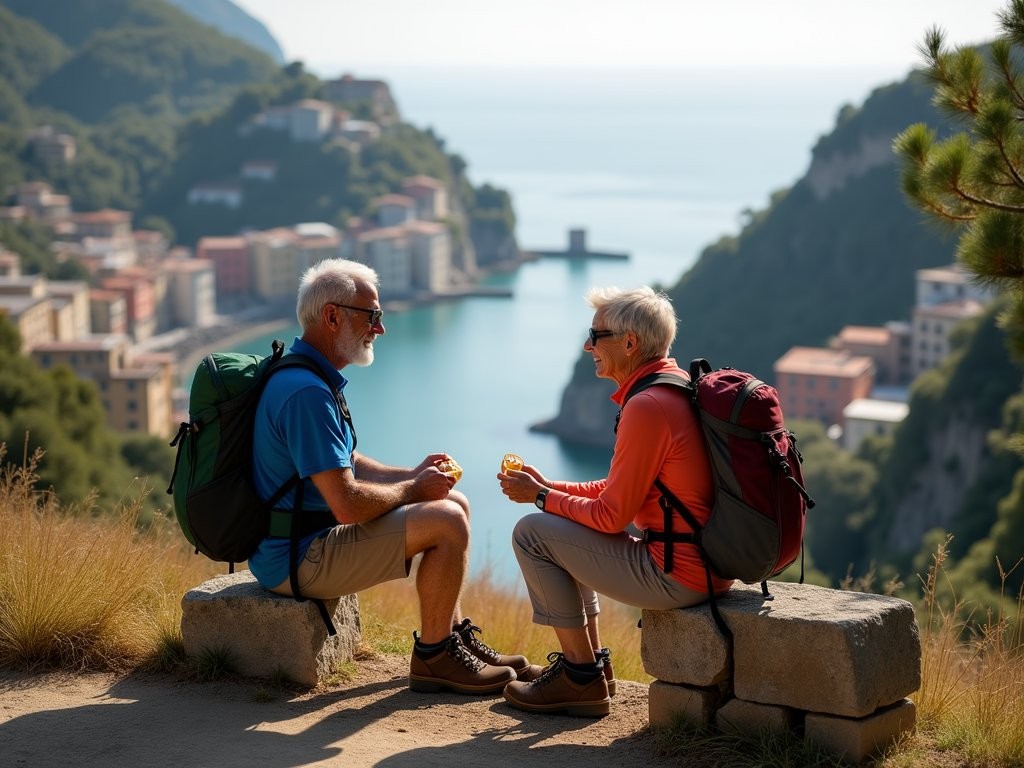
💡 Pro Tips
- Request a senior discount on the Cinque Terre Card (trail pass) if you're over 60—it's not advertised but often granted
- Pack moleskin and small scissors for addressing hot spots before they become blisters
- Consider using a heart rate monitor to maintain an appropriate exertion level for your fitness
Connecting with Local Culture Through Food Trails
One of the most profound ways to experience Cinque Terre beyond the tourist path is through what I've come to call "food trails"—hikes specifically designed to connect visitors with the agricultural heritage and culinary traditions that shaped this remarkable landscape. These routes combine physical adventure with cultural immersion, creating memories that engage all the senses.
The most rewarding of these experiences begins in Manarola on trail 506V, climbing steeply through the famous vineyards that produce the region's distinctive Sciacchetrà sweet wine. Unlike walking tours that merely pass by these vineyards, this hike introduces you to the families who have tended these precarious slopes for generations.
About halfway up the trail to Volastra, look for a small hand-painted sign reading "Degustazione" (tasting). Following this marker leads to the Cantina di Cappun Magru, where three generations of the Crovara family welcome hikers to their centuries-old wine cellar. For a modest €15, Roberto Crovara offers a tasting of their estate wines paired with local anchovies and freshly baked focaccia. What makes this experience special is how Roberto explains the heroic viticulture practiced here—where every grape is hand-harvested from terraces so steep that mechanical equipment is impossible.
Continuing to Volastra, the trail connects with path 586 toward Corniglia, passing through olive groves where another remarkable food experience awaits. The Frantoio di Santa Caterina olive press has operated since the 16th century, and during harvest season (October-November), visitors can observe the traditional cold-pressing process. Even outside harvest time, the Bonanini family offers olive oil tastings that reveal the distinctive character of Taggiasca olives grown in sea-facing terraces.
What touched me deeply about these encounters was how they revealed the profound connection between the land, its people, and their food traditions. These aren't tourist attractions but working farms where families are fighting to preserve traditional practices against the economic pressures of modern life. By hiking these trails and supporting these small producers, visitors become part of the solution—helping ensure these agricultural traditions survive for another generation.
For couples seeking a particularly memorable experience, I recommend arranging a sunset picnic through Roberto Crovara (book at least two days ahead). For €45 per couple, he'll prepare a basket of local specialties and direct you to a private terrace overlooking the sea—a setting so romantic it's become a popular proposal spot for couples from around the world.
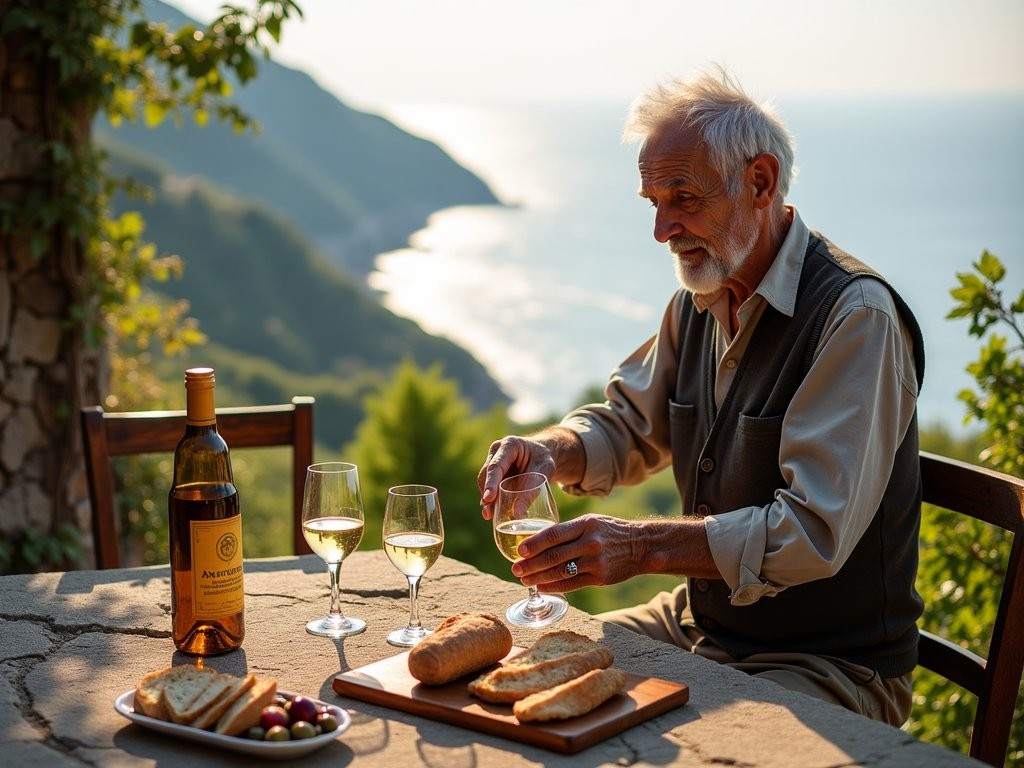
💡 Pro Tips
- Call ahead to arrange tastings during shoulder seasons when hours may be irregular
- Bring cash as many small producers don't accept cards
- Learn a few basic Italian phrases—the effort is deeply appreciated by local farmers
Final Thoughts
As our week of exploring Cinque Terre's hidden trails came to a close, I found myself sitting on a bench in Riomaggiore's harbor, watching fishing boats return with their morning catch. A local fisherman noticed my hiking boots and asked where we'd ventured. When I mentioned Lemmen village and the Madonna di Reggio back path, his face broke into a surprised smile. "You've seen the real Cinque Terre," he said, "not just the postcard."
That simple interaction captured the essence of what makes these hidden trails so special. Beyond the undeniable beauty of the famous coastal path lies a deeper, more authentic landscape where the true soul of this region continues to thrive. These mountain paths offer not just physical challenge and spectacular views but a window into centuries of human resilience and ingenuity.
For couples seeking meaningful travel experiences, Cinque Terre's hidden trails provide something increasingly rare in our hyperconnected world—genuine discovery. Each bend in these ancient paths holds the possibility of unexpected encounters, whether with a family harvesting olives using methods unchanged for generations or a breathtaking vista that few tourists will ever photograph.
I invite you to lace up your hiking boots and venture beyond the crowds. The real Cinque Terre is waiting in the mountains, one step at a time.
✨ Key Takeaways
- The most rewarding experiences in Cinque Terre are found on the less-traveled mountain paths
- Spring offers the perfect combination of moderate temperatures and wildflowers in bloom
- Connecting with local food producers creates meaningful cultural experiences beyond sightseeing
- Proper preparation allows hikers of all ages to safely enjoy these challenging but rewarding trails
📋 Practical Information
Best Time to Visit
Mid-April to early June or September to mid-October
Budget Estimate
€100-150 per day per couple (including mid-range accommodation, meals, and transportation)
Recommended Duration
Minimum 5 days, ideally 7-10 days
Difficulty Level
Moderate To Challenging, With Significant Elevation Gains


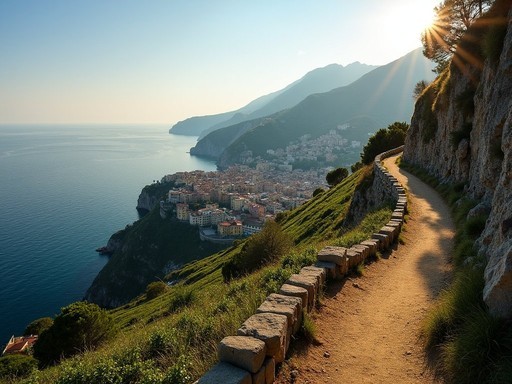
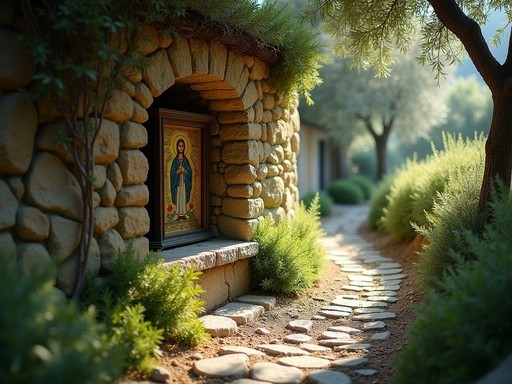
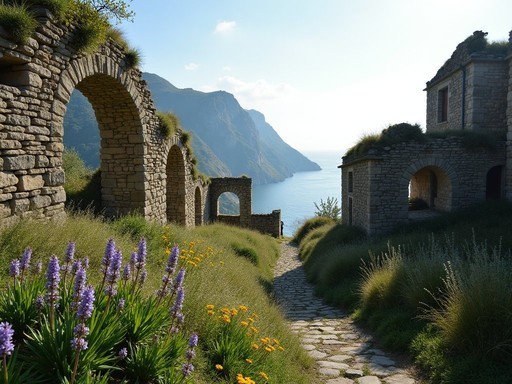
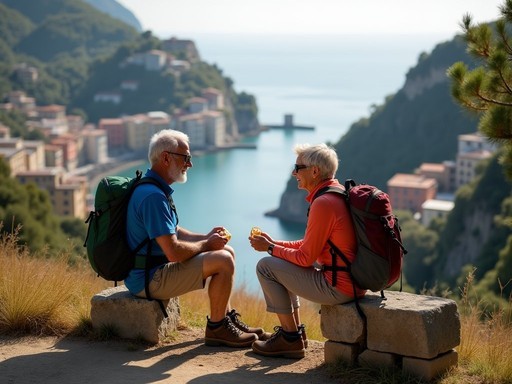
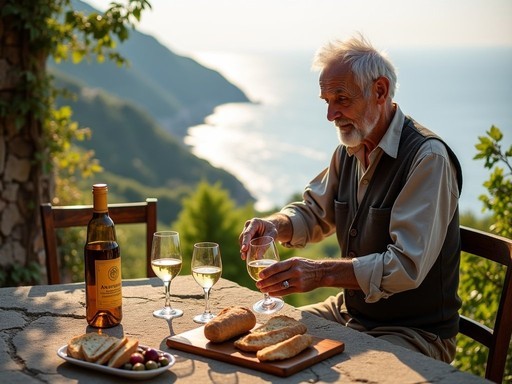


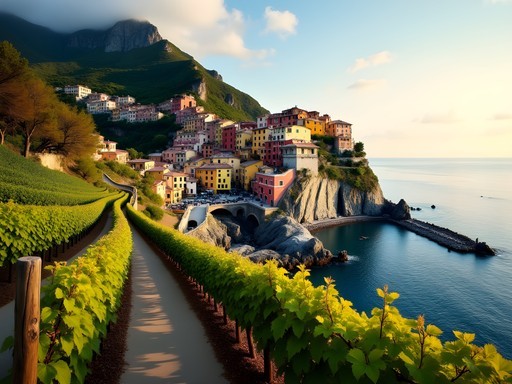
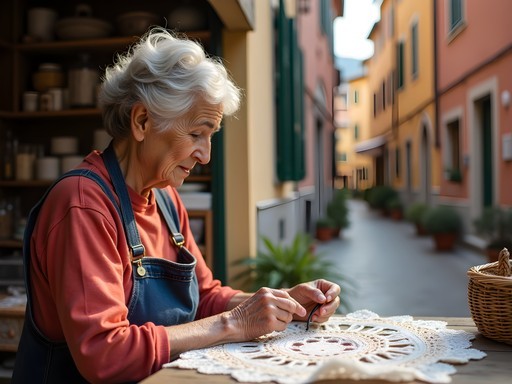


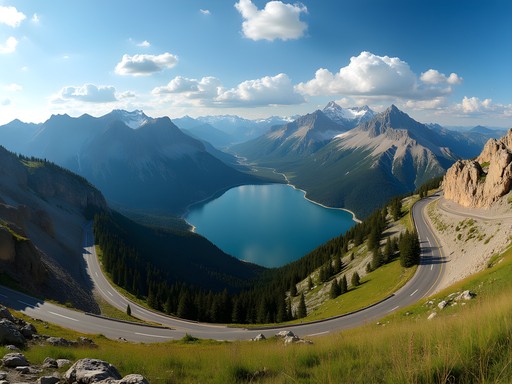
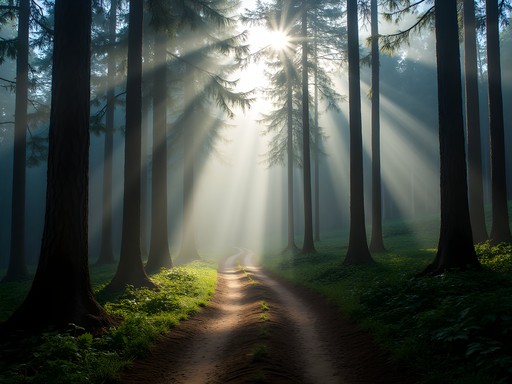


Comments
trail_seeker
How difficult would you rate the trail to Lemmen for someone with moderate hiking experience? Are there any sections that might be challenging for those with a fear of heights?
Maya Duncan
With moderate experience, you'll be fine! There are a couple of exposed sections with drop-offs, but the path is wide enough that you can stay on the inside edge if heights make you nervous. Just take it slow and you'll be rewarded with incredible views!
ItalyLover22
Your photos are incredible! Making me nostalgic for my honeymoon there last year!
Sophia Gomez
Maya, this brought back so many memories! I was in Cinque Terre last year for a work conference in La Spezia and extended my stay to explore these villages. The abandoned village of Lemmen was such a hauntingly beautiful discovery - I almost walked right past the trail! One tip for others: the local train between villages gets incredibly crowded by midday, so if you're staying in one of the towns, do your village-hopping early morning or late afternoon. I found the sweetest little family-run restaurant in Corniglia called Da Cecio - their pesto is made fresh daily and tastes like nothing you've had before. Did you get a chance to try the anchovies in Monterosso? They're a local specialty!
TravelingTeacher22
Thanks for mentioning Da Cecio! Just added it to my list for our trip in December. Is Cinque Terre worth visiting in winter?
Sophia Gomez
Winter in Cinque Terre is magical! Fewer tourists, and the locals are more relaxed. Some restaurants close, but the authentic ones stay open. Just check trail conditions - some paths can be muddy or closed after heavy rain.
sunnyzone
This is exactly what I needed! Going to Cinque Terre next month and was hoping to escape the crowds. That Ridge Walk looks stunning!
Sophia Gomez
You're going to love it! I did the Ridge Walk last spring and the views are incredible. Just make sure to start early to avoid the midday heat. The section between Volastra and Corniglia was my favorite!
sunnyzone
Thanks for the tip! Did you need any special hiking gear? I'm a casual hiker.
Sophia Gomez
Good hiking shoes are a must - the trails can be rocky and uneven. I used my hiking poles which really helped on the steeper sections. Also bring plenty of water and a hat - there's limited shade on some parts of the trail.
springfan
Those sunrise photos from Manarola harbor are stunning! Would October be too late in the season to try these hikes? I'm planning a trip but worried about weather and trail conditions.
Maya Duncan
October is actually perfect! Less crowded, cooler hiking temperatures, and the light is beautiful for photography. Just bring layers as mornings can be chilly, and check trail status as Nicole mentioned. Some cafes in smaller villages might be closed for the season, so pack extra snacks.
springfan
That's great to hear! Booking my tickets now! 😊
Nicole Russell
Maya! You've captured the magic of Cinque Terre's hidden side perfectly! I did the Madonna di Reggio path last year and it was the highlight of my trip. The silence up there compared to the busy main villages is incredible. One tip for anyone going: start SUPER early (like 6am early) if you're hiking in summer. I used my hydration pack and was so glad I had it - those hills are no joke in the midday heat! Also worth mentioning that some of these trails close occasionally for maintenance, so always check with the local tourism office before setting out. Can't wait to try that Ridge Walk next time!
springfan
Nicole, did you stay in one of the five villages? Trying to decide where to base myself for hiking these trails.
Nicole Russell
I stayed in Corniglia! It's the quietest of the five and right in the middle, so perfect for accessing trails in both directions. Plus it's less crowded in the evenings when day-trippers leave!
roamadventurer
This brings back memories! I visited Cinque Terre last summer but only did the main trails. Totally regret not exploring these hidden paths you mentioned. That abandoned village of Lemmen sounds fascinating! Was the trail to get there difficult? Planning to go back next spring and definitely want to check out Trail 506. Thanks for sharing these gems!
Maya Duncan
The path to Lemmen is moderately challenging - not technical but steep in parts. Bring good hiking shoes and plenty of water! Spring is perfect timing - fewer crowds and the wildflowers will be amazing.
roamadventurer
Thanks for the tips! Will definitely pack my hiking boots this time.
coolstar
Going to Cinque Terre next month! How hard was it to find the trailhead for that abandoned village? Are these trails marked at all or do you need special maps?
Maya Duncan
The trailhead to Lemmen is a bit tricky! It starts just outside Volastra - look for a small stone marker with '506V'. Most trails are marked with red/white paint stripes, but I'd recommend the hiking map as cell service is unreliable. The tourist offices also have free basic maps that show the main connecting trails.
coolstar
Thanks so much! Will definitely pick up that map. Can't wait to explore!
Hunter Thompson
@coolstar Also worth checking trail status at the park office when you arrive. Some of these smaller paths occasionally close after heavy rain.
starwalker
These photos are stunning! Adding this to my bucket list for sure.
Maya Duncan
Thanks so much! The light in Cinque Terre is a photographer's dream, especially in the early morning.
Hunter Thompson
Maya, your post brings back incredible memories! I hiked that ridge trail from Volastra last summer and the views are absolutely mind-blowing. The way the terraced vineyards cascade down to the sea is something you just can't capture in photos. One tip for anyone heading there - start EARLY. By 10am, even these 'hidden' trails start getting discovered. I found the path to Madonna di Reggio particularly magical around 7am when the light hits the coastline just right. Did you happen to try any of the trails heading inland from Corniglia? There's a network of paths through olive groves that hardly anyone seems to know about.
starwalker
Hunter, how difficult would you rate these trails? I'm not super experienced but really want to see the authentic Cinque Terre away from crowds.
Hunter Thompson
@starwalker The ridge trail is moderate - some steep sections but nothing technical. Bring proper shoes and water! The paths to Madonna di Reggio are easier, perfect for beginners looking to escape crowds. Just download the trails offline on your phone before going - signal can be spotty.
Venture X
Premium card with 2X miles, $300 travel credit, Priority Pass